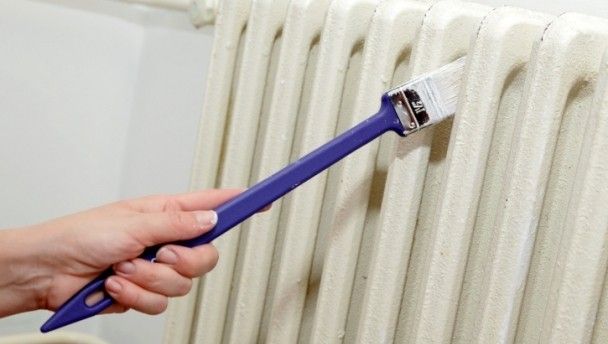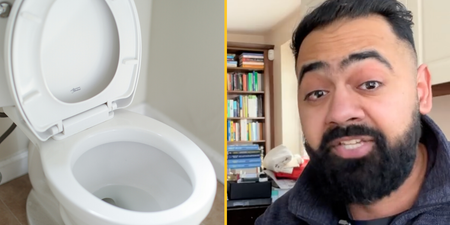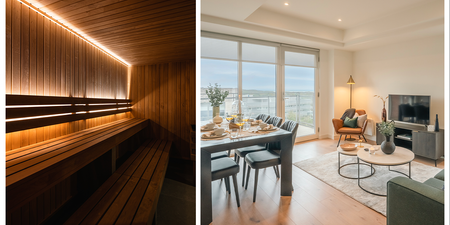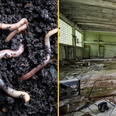There are plenty of jobs around the house that you can complete in 15 minutes or less, like stripping and repainting the radiator. Here’s how.
What you’ll need:
Heat gun
Paint scraping tool
White Spirits
Old rag
Steel wool
Water
Paint brush
Dulux Easycare Satinwood
Old sheet
Step 1: Heat the heat gun
Sadly, your heat gun probably isn’t magic, so you’ll have to plug it in and wait for it to heat up. Just make sure you don’t leave it resting beside your stash of fireworks and the old Christmas trees that has been soaking in diesel overnight.
Step 2: Clean the rad
The first thing to do when you’re removing paint from anything with a heat gun is to make sure it’s 100 per cent clean. If any dirt or dust is left, the dirt will burn and give you more work to do then when you started. Just clean it with some good old-fashioned water – available at your nearest tap.
Step 3: Heat the painted radiator
It’s now time to start heating the paint on the radiator. Bring the heat gun close to the paint and slowly move it up and down just like a paint roller. Keep doing this until the paint starts to bubble and melt.
Step 4: Scrape the paint
Once the paint has become soft you can begin to scrape at it. Don’t get too worried if you’re left with small dots of paint scattered all over your rad. This will come off easily later.
Step 5: Final touches
Once you have the bulk of the paint off you can begin on the final touches. Use your steel wool to scrape off the remaining dots of paint and then give the whole thing a rub down with white spirits. Now it’s time to ruin all that hard work.
Step 6: Turn off the radiator
This may seem like a simple step but some people will try to paint over a hot radiator, so just be safe and make sure it’s definitely off, and cold, before you begin painting.
Step 7: Lay down your old sheet
Before you start it’s best to lay down an old sheet around the radiator. This will prevent any splash back from ruining your floors and skirting board.
Step 8: Use the right paint
Make sure to use Satinwood paint when you’re painting a radiator, as it’s best suited to constant changes in temperature. Also, make sure to paint in the same direction as the grooves and don’t overload your paintbrush, otherwise you’ll drip everywhere.
Step 9: Give it time
Leave the paint to dry overnight and if it needs a second coat then repeat the last step above. Once it’s dry you can turn the heating back on.
Better to paint them now rather then when you actually need them.





















































